Welcome to the vibrant world of indoor gardening, where every leaf unfurls a new opportunity for joy and growth! Whether you’re just starting out or have a seasoned thumb, our guide to the best beginner-friendly indoor plants is your ticket to transforming any space into a lush, green haven. These handpicked plants are not just easy to care for, but also offer a sense of accomplishment and tranquility that only nurturing nature can provide.
Imagine the satisfaction of watching your plants thrive, with each new leaf a testament to your growing skills and dedication. From improving air quality to enhancing your decor, these plants bring practical benefits that enrich your living environment in countless ways. As you embark on this journey, you’ll find that cultivating indoor plants is not just a hobby, but a rewarding experience that boosts your confidence and connects you to the wonders of nature.
Spider Plant (Chlorophytum comosum)
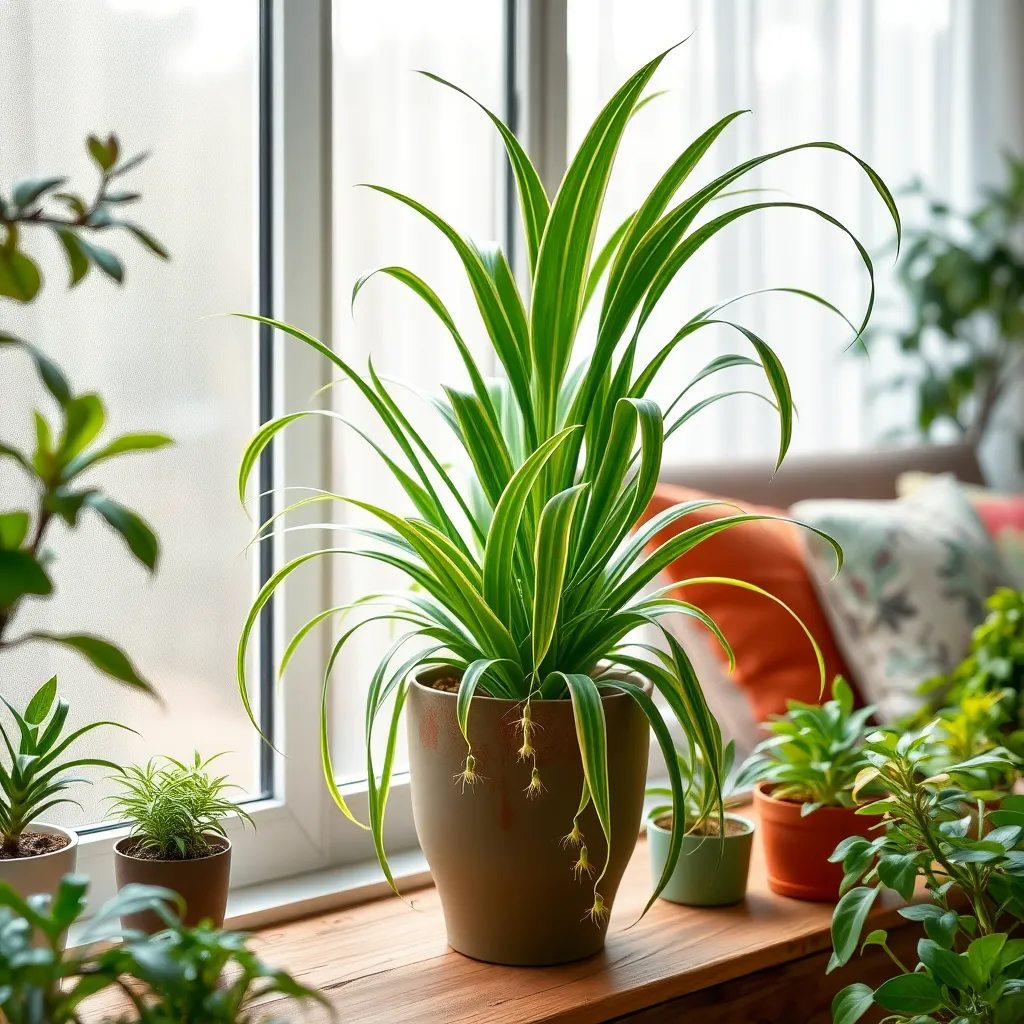
The Spider Plant, or Chlorophytum comosum, is an excellent choice for beginner gardeners due to its resilience and adaptability. Known for its arching green and white striped leaves, this plant can thrive in a variety of indoor conditions, making it virtually foolproof.
Spider Plants prefer bright, indirect light, but they can also tolerate lower light levels, which makes them perfect for almost any room in your home. To promote vibrant growth, place your plant near a window where it receives filtered light, avoiding harsh direct sunlight that can scorch the leaves.
Water your Spider Plant when the top inch of soil feels dry, which usually means watering once a week. Be cautious not to overwater, as this plant is susceptible to root rot; ensure the pot has drainage holes and consider using a well-draining potting mix such as a blend of peat and perlite.
For those looking to expand their indoor garden, Spider Plants are easy to propagate. Simply cut off the plantlets—often called “spiderettes”—that dangle from the mother plant, and place them in water or directly into soil until they develop roots.
Peace Lily (Spathiphyllum spp.)
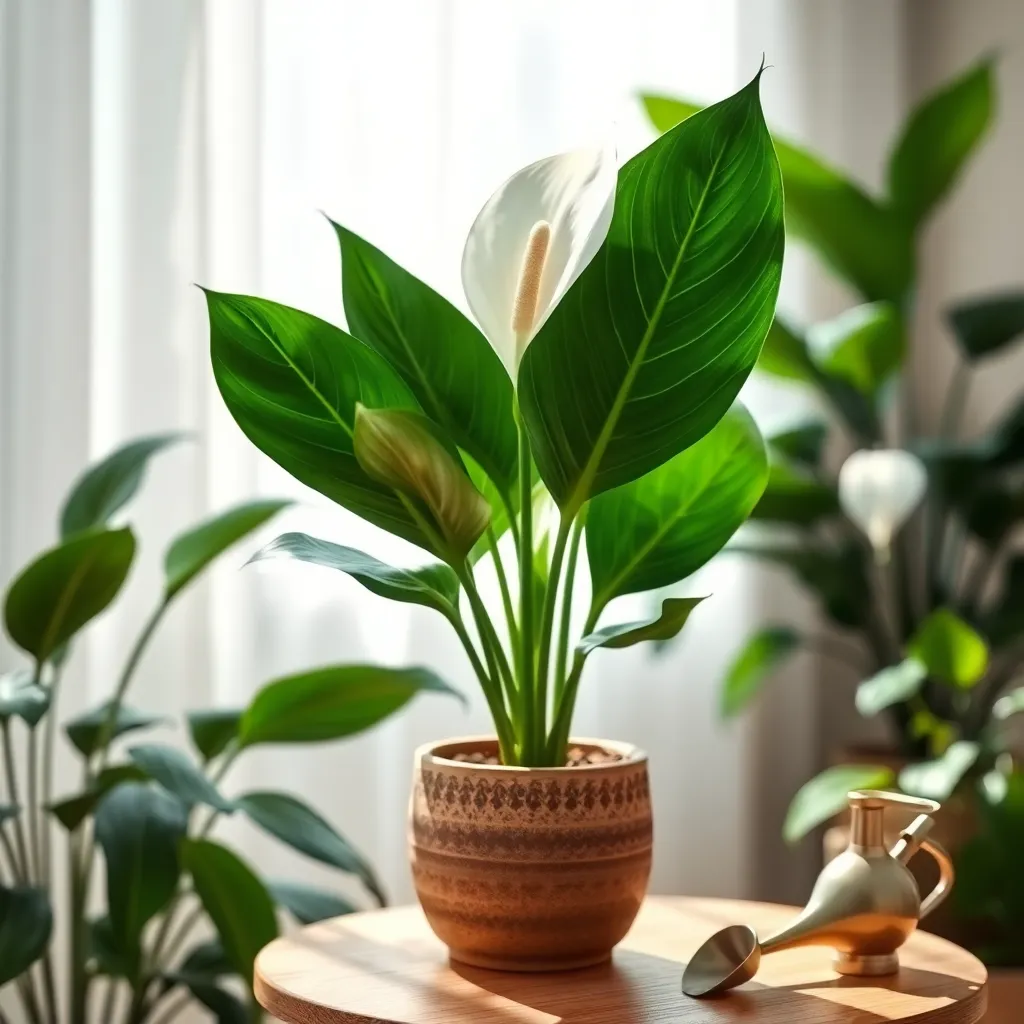
Peace Lilies (Spathiphyllum spp.) are a fantastic choice for beginners due to their minimal care requirements and lush appearance. They thrive in low to medium, indirect light, making them perfect for spots in your home that don’t receive direct sunlight.
Watering is crucial for keeping your Peace Lily healthy, but it’s important to avoid overwatering. Allow the top inch of soil to dry out before watering again, and use a free-draining potting mix to prevent root rot.
For optimal growth, fertilize your Peace Lily every 6-8 weeks during the growing season with a balanced, water-soluble fertilizer. Be sure to dilute the fertilizer to half strength to prevent nutrient burn, which can damage the plant’s leaves.
Experienced gardeners can try propagating Peace Lilies by division, which is best done in spring. Simply separate the plant at the roots and pot each section in fresh soil, making sure each has a few healthy leaves and roots.
Aloe Vera (Aloe barbadensis miller)
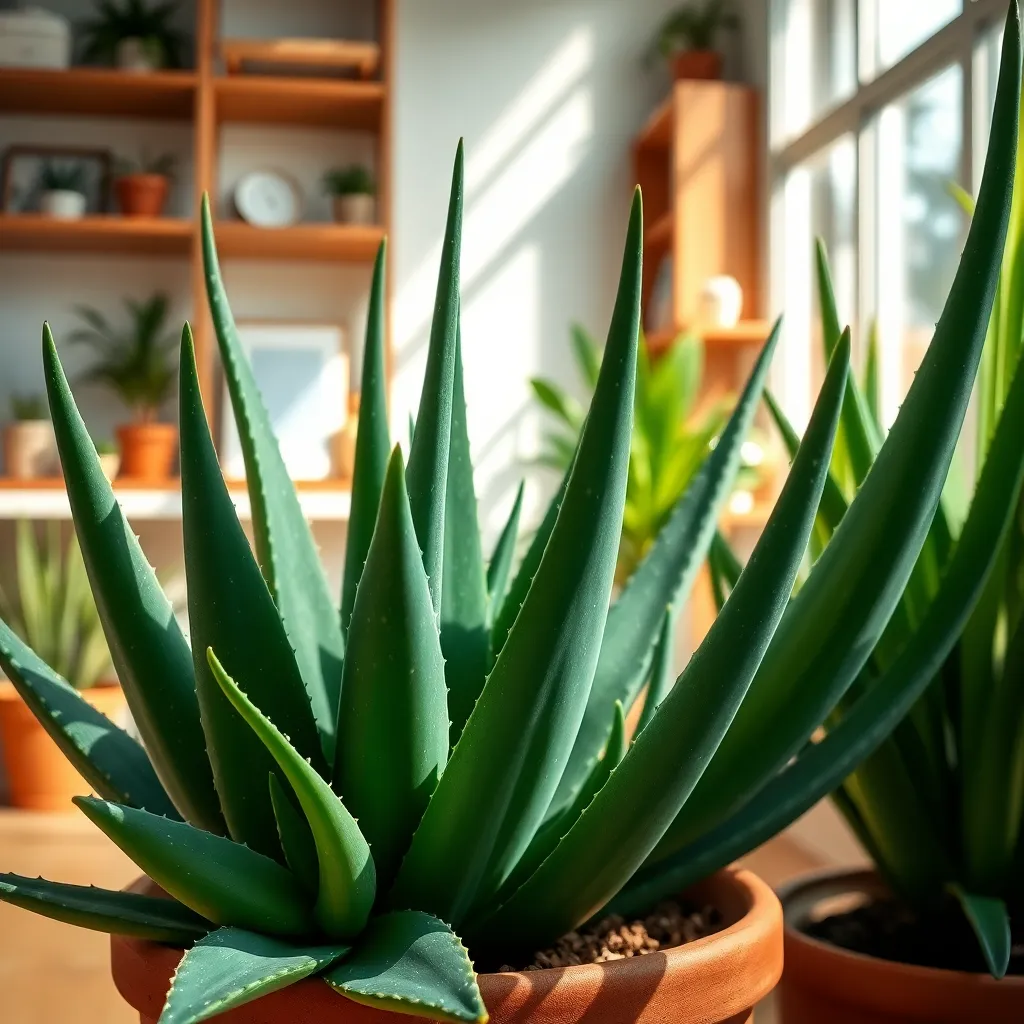
Aloe Vera (Aloe barbadensis miller) is a versatile and resilient plant perfect for beginners. Its ability to thrive on minimal care makes it an ideal choice for those new to indoor gardening.
Place your Aloe Vera in a spot where it can receive bright, indirect sunlight for at least six hours a day. Direct sunlight can scorch the leaves, so ensure it’s not too harsh, especially during peak afternoon hours.
Watering Aloe Vera requires a careful balance; it’s best to water deeply but infrequently. Allow the soil to dry out completely between waterings to prevent root rot, a common issue when the plant is overwatered.
For best results, plant Aloe Vera in a well-draining soil mix, such as a cactus or succulent blend. If you’re feeling adventurous, you can create your own mix by combining equal parts potting soil, sand, and perlite.
Advanced gardeners can propagate Aloe Vera through offsets, or “pups,” that grow at the base of the mother plant. Simply remove these pups with a clean, sharp knife and replant them in their own pots with fresh soil.
Philodendron Heartleaf (Philodendron hederaceum)
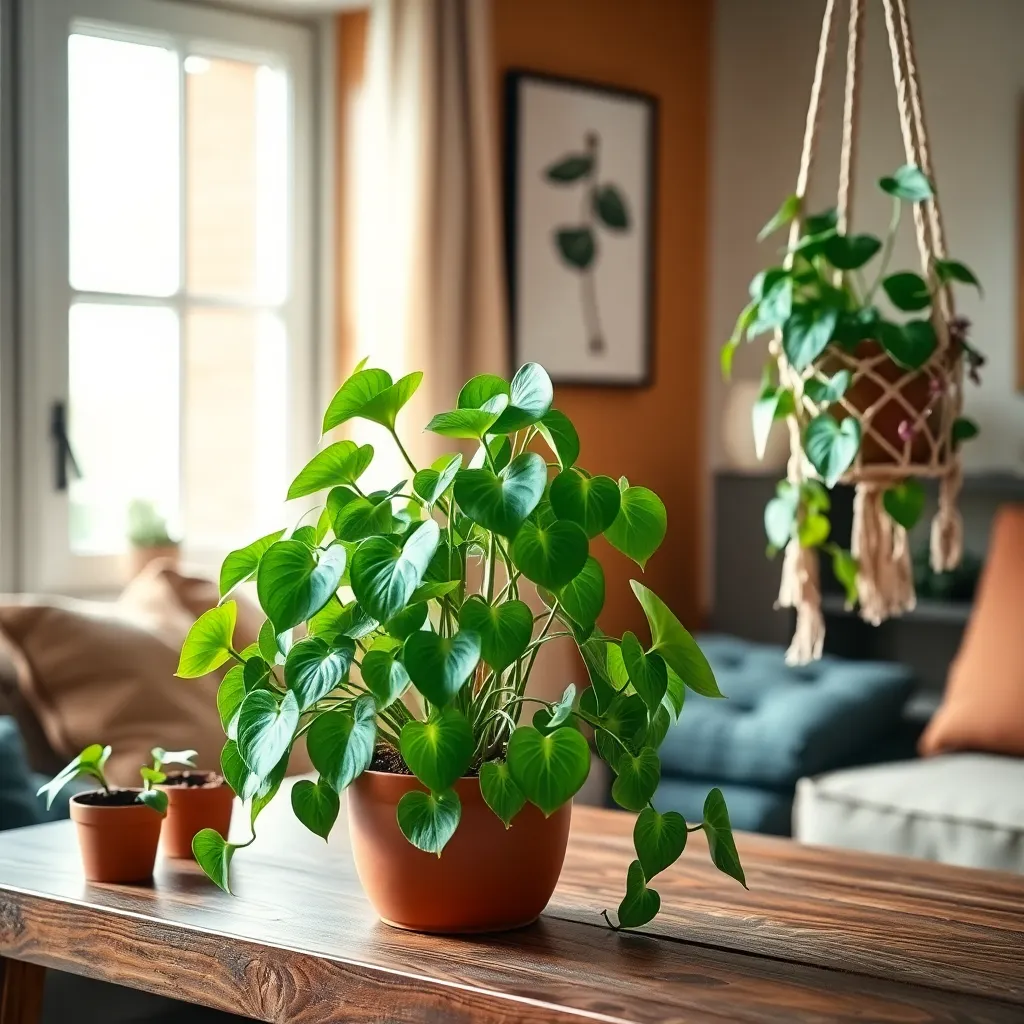
The Philodendron Heartleaf (Philodendron hederaceum) is an excellent choice for beginners due to its robust nature and adaptability. Known for its heart-shaped leaves and trailing vines, it adds a touch of greenery to any indoor space with minimal effort.
This plant thrives in indirect light, making it perfect for rooms with filtered sunlight or even low-light conditions. However, to encourage faster growth, place it near a bright window where it can enjoy a few hours of morning sun.
Watering is straightforward; allow the top inch of soil to dry out between waterings to avoid root rot. A good rule of thumb is to check the soil moisture weekly, adjusting the frequency based on the season and humidity levels in your home.
For optimal growth, use a well-draining potting mix that retains some moisture but doesn’t stay soggy. A mix of peat-based soil with perlite or orchid bark works well to maintain the right balance.
If you’re looking to enhance the lushness of your Philodendron, consider fertilizing it monthly during the growing season with a balanced, water-soluble fertilizer. Pruning the vines occasionally will also encourage bushier growth and help maintain its shape.
Chinese Evergreen (Aglaonema commutatum)
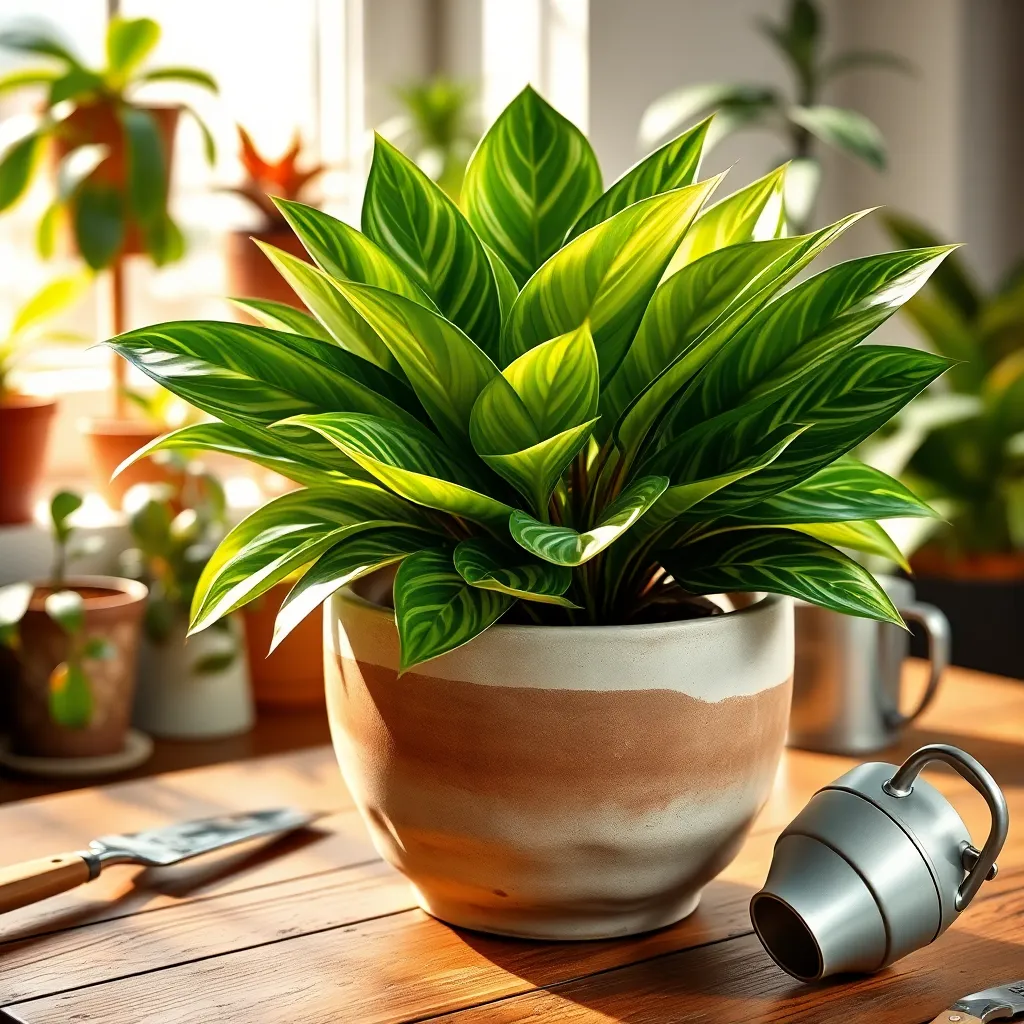
Chinese Evergreen (Aglaonema commutatum) is a superb choice for beginner gardeners looking for a low-maintenance plant with striking foliage. Its adaptability to low light conditions makes it perfect for enhancing the beauty of dimly lit rooms, such as offices or bedrooms.
When caring for a Chinese Evergreen, ensure it is planted in well-draining soil, such as a mix of potting soil and perlite, to prevent root rot. Water the plant when the top inch of soil feels dry, typically every two weeks, but adjust frequency based on your home’s humidity levels.
Chinese Evergreens thrive in temperatures between 65°F and 75°F, making them ideal for most indoor environments. Avoid placing them in direct sunlight, as this can scorch their leaves and cause discoloration.
To encourage lush growth, fertilize your Chinese Evergreen monthly during the growing season with a balanced liquid fertilizer diluted to half strength. Pruning is minimal; simply remove any yellow or damaged leaves to keep the plant healthy and vibrant.
Conclusion: Growing Success with These Plants
In exploring the best indoor plants for beginners, we’ve uncovered five key relationship concepts that can enrich both your space and your connections. First, nurturing a plant teaches patience, a vital component in any relationship. Second, observing plant growth mirrors personal and relational growth, encouraging us to celebrate small victories. Third, the responsibility of caring for a plant builds trust and accountability, essential in relationships. Fourth, creating a serene environment with plants can enhance emotional well-being, fostering a more harmonious partnership. Lastly, sharing plant care as an activity can strengthen bonds and communication.
Your immediate next step is to choose one beginner-friendly plant to bring into your home, appreciating how this simple act can enhance your relational skills. As you embark on this journey, save or bookmark this article to revisit these insights and reminders as you grow alongside your plants.
Remember, the seeds of relationship success are sown through small, consistent actions. Embrace these nurturing habits with your plant and partner, and watch both flourish. With each leaf and conversation, your path to a thriving relationship becomes clearer and more rewarding.

